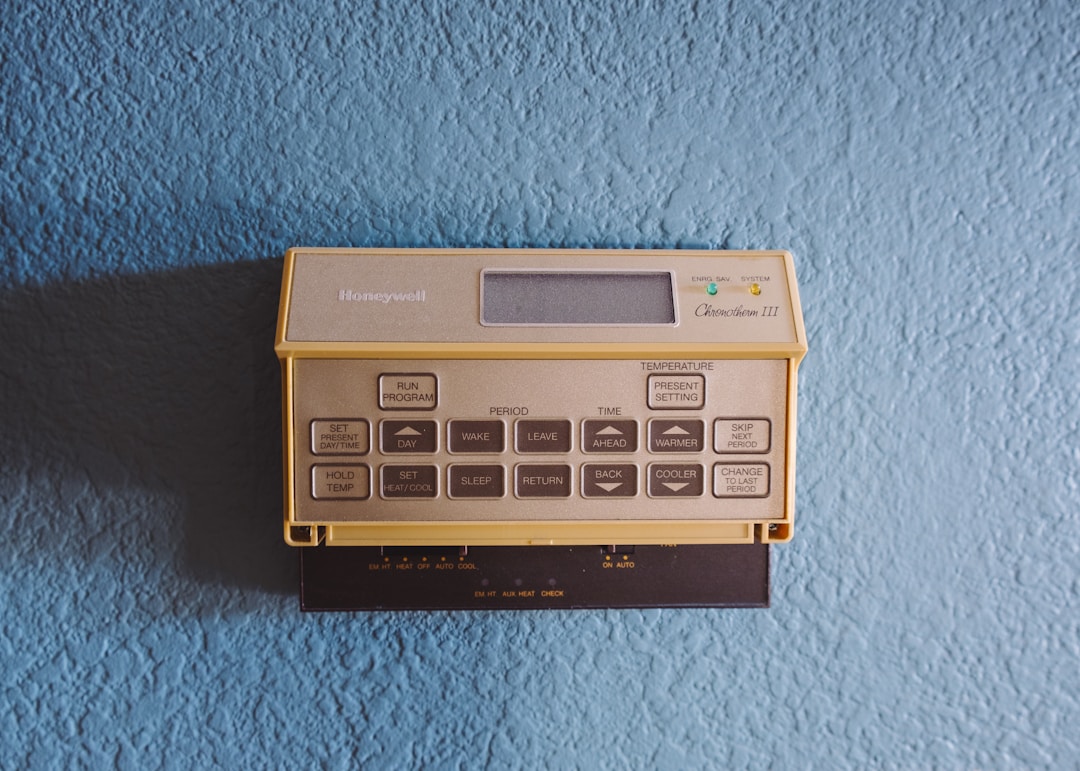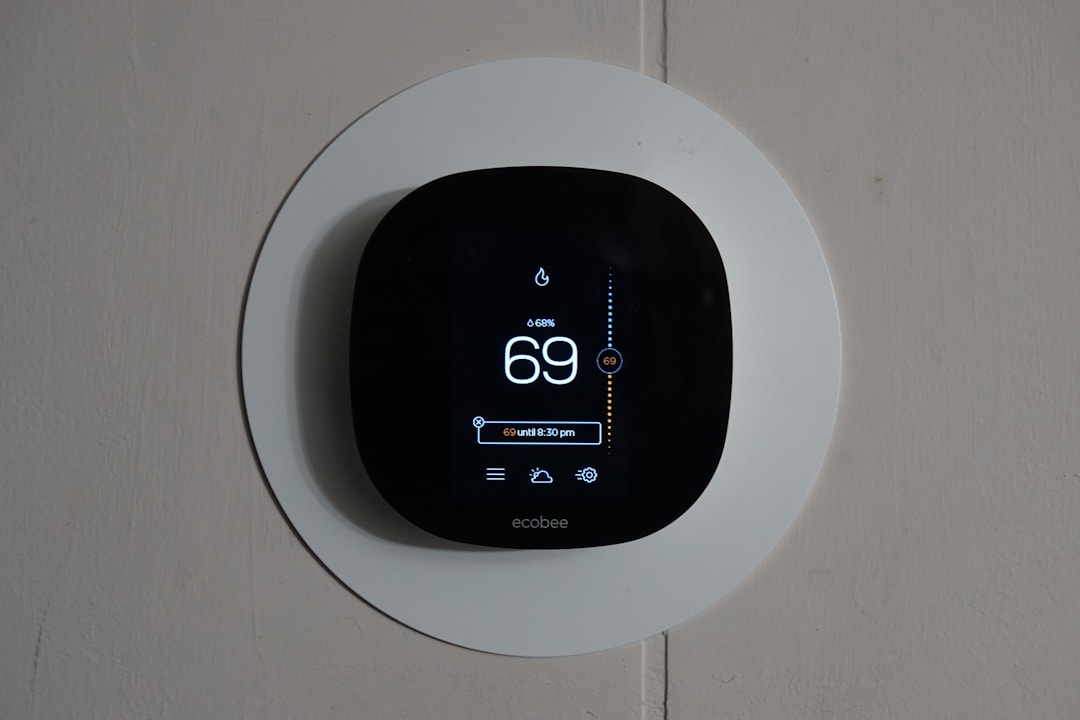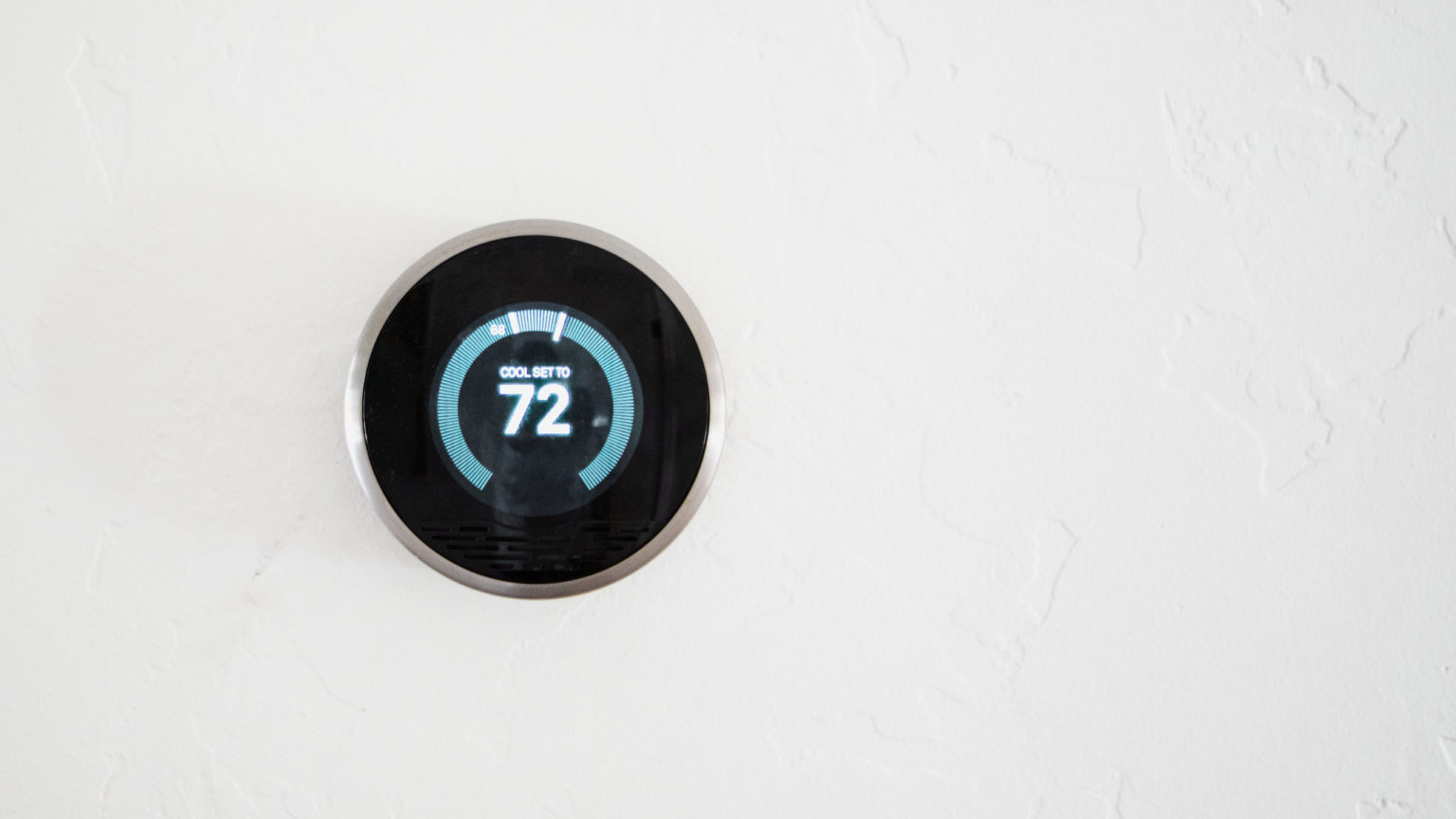First-time homeowners or those who haven’t been responsible for an HVAC system before may not realize it, but HVAC maintenance is essential if you want your system to operate at peak efficiency. Your thermostat can be particularly sensitive, and if it’s not working properly, you may find that your HVAC system isn’t able to heat and cool your home effectively. It can also become an expensive problem if neglected. Still, many people don’t know how to tell whether or not something is wrong with their HVAC or thermostat. Fortunately, there are several signs you can keep an eye out for. Keep reading to learn more about three signs that you have thermostat problems that warrant a replacement.
1. Your thermostat won’t turn on or shut off.

Being unable to control your HVAC unit via your thermostat is one of the most obvious signs of thermostat problems that warrant a replacement. Your thermostat is the part of your HVAC system that is responsible for communicating instructions to the unit itself. A defective or faulty thermostat may not transmit those signals, which means you may be unable to turn your HVAC off or on. If you notice that your thermostat is non-responsive, you should call a technician to inspect it right away.
2. The temperature readings on your thermostat are inaccurate.

Another common sign of a thermometer malfunction is that the temperature readings aren’t accurate. If you set a temperature and your home still feels warmer or cooler than the temperature you set, a thermostat malfunction is the most likely culprit. First, make sure your thermostat isn’t near any appliances that could affect temperature readings. You should also place your thermostat away from sunny windows.
With the winter fast approaching, it’s a good idea to have your HVAC unit inspected if you’re concerned it isn’t operating at peak efficiency. Experts recommend that you have your HVAC inspected at least once annually, even if everything seems to be in good working order. You should also make sure you change your filter every 90 days, though some homeowners choose to change their filter as frequently as once a month.
3. Your energy bills are higher.

A broken thermostat can often cause your HVAC system to cycle on and off, causing overwork and increasing the load on your heating and cooling system. This can quickly drive up your energy costs in a significant way. If you notice that your energy bills are starting to climb and you haven’t been using your system more frequently, the source of the problem may be your thermostat.
If you want to save money on your utility bills, it may be a good idea to consider switching to a smart thermostat. A smart thermostat can run on a timer and offers programmable features. Some smart thermostats even allow you to cool your home by zone or set different temperatures on different floors of your house. As homebuyers become increasingly interested in sustainability and eco-friendly upgrades, a smart thermostat can also be a good investment for anyone who wants to increase the overall value of their home.
As you can see, there are a number of things you can look for to help you determine whether you need to call a technician to look at your thermostat. If you do find that you need a replacement thermostat, you may want to consider an upgrade to a smart thermostat. You may find that it can save you a significant amount of money on a monthly basis, in addition to making your home more attractive to prospective buyers down the road. No matter what type of thermostat you choose for a replacement, you shouldn’t ignore any warning signs that you have a problem with your thermostat.






